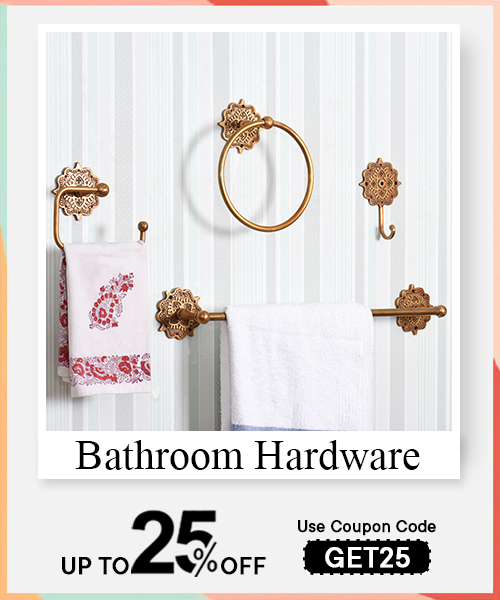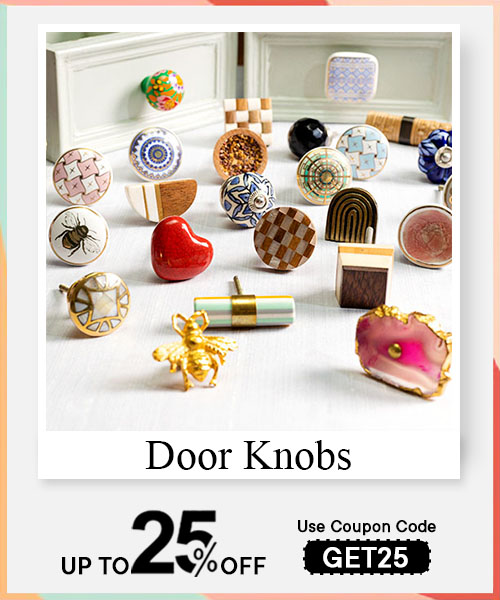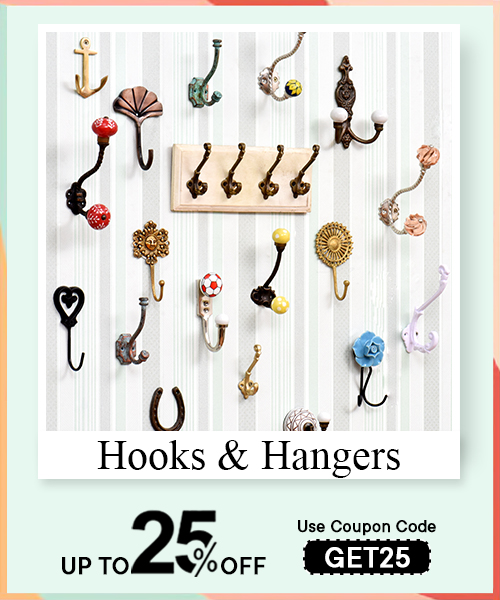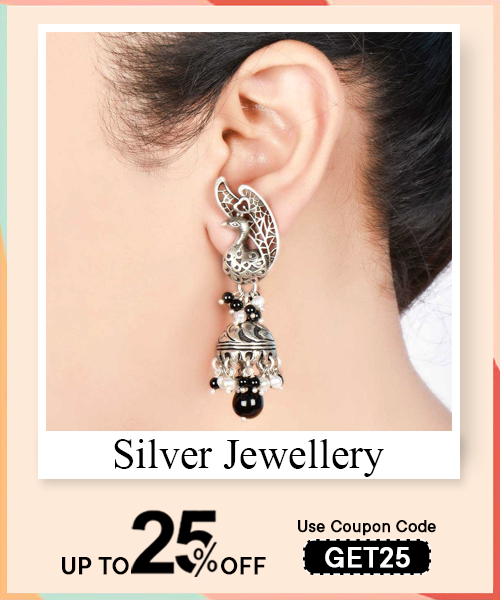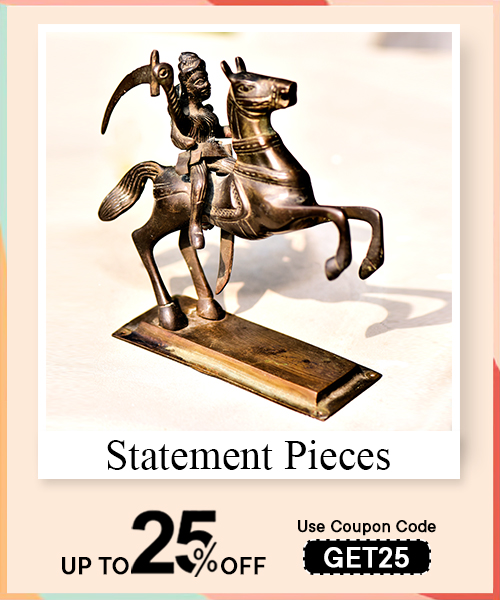Stirrers have a fascinating history that extends across countries and centuries—originating from the necessity to mix ingredients.
Stirrers evolved to fit diverse ethnic traditions and culinary methods. It showcases the resources available in different regions. Stirrers evolved alongside civilizations, with metal and ceramic forms becoming more widespread.
Cultural traditions have influenced the use and design of stirrers. Many Asian societies used long-handled chopsticks as flexible stirrers. It allows for accurate mixing in woks and pots.
In European cuisines, people used wooden spoons to stir soups, stews, and sauces. Each culture evolved its techniques and tastes, influencing the evolution of stirrers.
Stirrer design has seen several significant developments throughout history. The history of stirrers begins with simple tools. It shows human creativity and the desire for efficient food preparation. Stirrers have evolved, and recent advancements have further enhanced their functionality. They help stir a basic soup or make sophisticated meals. They are indispensable partners in the culinary adventure. Stirrers bridge the gap between tradition and innovation.
Stirrers are essential tools in kitchens, labs, and other sectors. They come in several types. They have different material and environmental implications, as well as benefits and drawbacks. Let's get into the various types:
-
Plastic Stirrers are often constructed of polypropylene or polystyrene.
Pros: Low-cost, disposable, and available.
Cons: Harmful and single-use contributes to trash.
-
Wooden Stirrers: made from sourced wood, such as birch or bamboo.
Pros: Biodegradable, renewable, and compostable.
Cons: It is not as strong as plastic and may splinter in hot liquids.
-
Metal Stirrers: Materials include stainless steel and other metals.
Pros include durability, longevity, and resistance to extreme temperatures.
Cons: They are heavier and more expensive than plastic or wooden stirrers.
-
Glass Stirrers: Made from tempered or borosilicate glass.
Pros: Clean, non-reactive, and excellent for hot liquids.
Cons: Fragile, easy to shatter if mishandled.
-
Silicone stirrers: This is a synthetic rubber-like material.
Pros: It's flexible, heat-resistant, and non-toxic.
Cons: Not biodegradable, with the potential to absorb chemicals over time.

Stirring is more than turning a spoon around in a cup. It is an intricate movement that can make or ruin your coffee, cocktails, or latte art. Let's discuss appropriate stirring techniques and identify some common errors.
To improve the flavor of coffee, it's important to stir it using these stirrers. When stirring coffee, use a large spoon and work it in a circular motion from the bottom up. Stirring ensures proper mixing of sugar, milk, and other ingredients. It helps unlock their full taste potential. It's the secret to bringing out the perfect flavor and aroma in your favorite beverages.
Cocktail: Stirring is an art form in the world of cocktails. Cooling and diluting the components without disturbing them too much is essential. A good stir should be smooth and controlled and take around 30 seconds. Use a mixing glass and a spoon to achieve the greatest results.
Latte Art: Creating stunning latte art needs more than adding milk to espresso. A gentle whisk into warmed milk. Use a special latte art pen or a small spoon to handle the foam.
Read More: HOW TO BUY COPPER UTENSILS- A BUYER'S GUIDE
- Over-stirring can cause excessive concentration or mixing of the ingredients. This results in a mixed taste.
- Under stirring: Under stirring means not stirring enough. This can leave your drink mixed with areas that taste or feel different.
- Wrong Tools, such as a fork or a small spoon, can make the procedure difficult and slow.
- Transform stirrers into small canvases to create tiny artworks. For a one-of-a-kind artistic touch, paint them with vibrant patterns or miniature sceneries.
- To label indoor plants, repurpose stirrers as plant markers. Write the plant's name on the stirrer and insert it into the soil for a cute and functional touch.
- Create personalized drink stirrers to add a unique touch to your beverages. Attach little charms, beads, or even miniature photos on the ends.
- Create 3D sculptures using stirrers as building components. Stack and glue them together to make elaborate structures or abstract patterns.
- Create a quirky mobile by hanging decorated stirrers from a frame or hoop. Hang them in various lengths to create a dynamic and eye-catching display.
- Create spectacular garlands by stringing together painted or decorated stirrers. They are ideal for gatherings, holidays, or adding color to any space.
- Use stirrers as attractive skewers for snacks or fruit kebabs.
- Adorn stirrers with glitter, beads, or paper cutouts to make distinctive cake toppers. Place them in the cake for an immediate ornamental feature.
- Cut stirrers into little pieces and sprinkle them as table confetti for fun.
- Enhance your dining decor by utilizing stirrers as napkin rings. Wrap a napkin around the stirrer and tie it with a ribbon or twine to create a rustic-chic effect.

Stirrers are small tools in restaurants, but they are handy. Let's examine why stirrers are vital for food safety and enhancing the eating experience.
- Stirrers are essential to food safety standards. They allow chefs and kitchen personnel to combine ingredients, ensuring an even distribution of tastes and cooking temperatures.
- Restaurants may avoid cross-contamination by using separate stirrers for various meals and ingredients. This assures the safety of guests, particularly those with food allergies or sensitivities.
- Using stirrers avoids the need for direct hand contact with food during preparation. This is required in good kitchen hygiene. This reduces the transmission of viruses and bacteria that can cause food-borne diseases.
- Stirrers enable cooks to distribute spices, sauces, and other ingredients, resulting in a more delightful dining experience for guests.
- Stirrers assist cooks in maintaining dish uniformity. It makes sure that each serving meets or exceeds the restaurant's standards.
- Stirrers increase the visual appeal of meals. Stirrers garnish beverages and appealingly showcase desserts.
- It makes stunning, attractive drinks and blends sauces. Customers like the attention to detail and care put into every meal element.
- Stirrers provide an affordable alternative for eateries. They are affordable to buy in bulk, and discarding them after usage saves the need for considerable cleanup and upkeep.
Read More: CHOOSING THE PERFECT WALL LAMP: TYPES AND STYLE
Choosing a suitable stirrer may seem unimportant, but it makes a big difference in your drinking experience.
The stirrer's substance may influence your drink's taste and durability. Choose stainless steel or glass stirrers for mild flavor and long-lasting durability.
Size and Shape: Consider how the stirrer will fit into your glass or cup. A longer stirrer is for tall glasses, while a shorter one may suit smaller ones.
Select a stirrer that complements the appearance of your beverage and presentation. Minimalist, intricate, or ornamental, there is a stirrer design to fit your taste.
Functionality: Make sure the stirrer is practical and easy to use. It should have a comfortable grip and a versatile design that allows you to stir and garnish simultaneously.
If you use the stirrer for hot beverages such as coffee or tea, ensure it is heat-resistant. This helps avoid damage or safety problems.
Consider how the stirrer works with various types of beverages. For cocktails, a lengthier stirrer with a decorative finish might enhance your presentation. For hot drinks, a shorter stirrer with a heat-resistant handle is preferable.
The material and design of the stirrer can have a subtle effect on the taste of your drink. Stainless steel stirrers do not impart any taste, while wooden stirrers give a sense of natural woodiness.
Certain stirrers have textured or ribbed surfaces. These surfaces can improve the texture of your drink and help you mix components more completely. This is especially critical for cocktails and mixed beverages, which often include many ingredients.
Consider using sustainable options like bamboo or biodegradable materials. They can add a touch of sustainability to your drinking experience.
In the end, choosing the correct stirrer comes down to personal choice. Experiment with different styles. Try out various materials. Explore different designs. Discover the ideal fit for your preferred beverages. Consider how it compliments your look.
- Create cocktails with distinct flavor combinations and high-quality ingredients.
- Craft ice improves the drink's appearance while slowing dilution.
- Experiment with homemade concoctions and syrups to add depth and complexity.
- Garnish your cocktail with citrus twists or edible flowers and make it appealing.
- Use beautiful shelving or display cabinets to showcase your styles. Keep everything tidy and accessible.
- A sleek cart creates a mobile arrangement with wheels for easy movement. It also stores all your supplies.
- Use the rear space to display decorative artifacts like old cocktail shakers.
- Ambient lighting, such as dimmable chandeliers, may help create a welcome mood.
Read More: EXPLORING THE RICH TRADITION AND BENEFITS OF BRASS UTENSILS
- Swap plastic stirrers with bamboo equivalents. Bamboo stirrers are both biodegradable and compostable.
- Choose long-lasting stainless steel stirrers instead of single-use plastic ones. These stirrers are reusable, durable, easy to clean, and reusable.
- Choose biodegradable paper stirrers manufactured from sustainable resources. After usage, these stirrers are disposed of in compost bins where they degrade.
- Create unique edible stirrers using dried pasta, candy canes, or cinnamon sticks. They provide a distinctive twist to your beverage and don't need to be disposed of.
- Choose stirrers produced with cornstarch-based bio-plastics. These stirrers are biodegradable and compostable.
- Invest in stirrers made of recycled glass. They are reusable and dishwasher-safe.
- Create one-of-a-kind stirrers by recycling ordinary things like wooden chopsticks or metal skewers. Recycling lowers waste by reusing existing materials, making it affordable.
Those proper little instruments, stirrers, are more fascinating than meets the eye. Did you know that the first known usage of stirrers originated in ancient Egypt? Crafted from reeds, people used them to mix beverages like beer and wine. Stirrers vary in shapes and sizes. You can find traditional swizzle sticks or quirky ones like palm trees and flamingos. Stirrers have popped up in movies, causing chaos. They have become an essential part of all popular cocktail recipes.
The science of stirring extends beyond swirling liquids in a glass. When you swirl a drink, you combine it and change its physical characteristics. The action breaks up any clumps and ensures even distribution of the components. In chemistry, stirring is necessary for reactions. It aids in the homogeneous combination of ingredients and accelerates the process. Achieving the perfect stir requires technique. The angle and depth of the stirrer also affect the outcome. Stirring in a circular motion reduces splashing. It ensures complete mixing. Understanding physics is crucial. It applies to drinks and experiments alike.
Read More: WATER JUGS: A CLASSY ESSENTIAL
Finally, stirrers are helpful gadgets that add flair to beverages and make kitchen jobs easier. If you want a variety of alternatives, try ordering them from Indianshelf. Their portfolio includes both conventional and creative styles, appealing to all tastes. Stir with ease owing to IndianShelf's simple choices! Choose stirrers to match your style and enhance your beverage experience.












